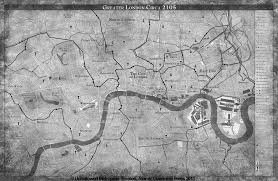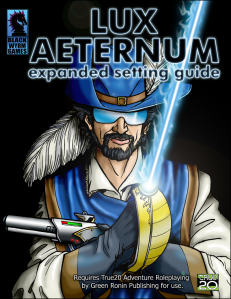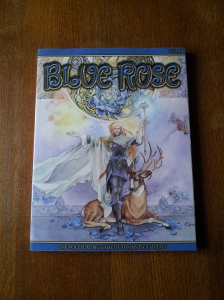Out of touch for a while, I know. Got distracted by playing RPGs rather than writing about them, which I consider a good excuse. Today’s subject is ‘Best convention purchase’, which for me was the Prince’s Primer for Vampire: the Masquerade, purchased a couple of years ago at Diceni, Norwich’s small gaming convention.
The Prince’s Primer is a set of in character documents advising on how to get power and keep it, and gives a lot of information about different ways of ruling a city filled with bloodsucking monsters along the way. It’s a modern incarnation of the Mirror for Princes genre of instructional text seen throughout medieval and early modern literature. The most famous of these is The Prince by Machiavelli (though that might have been more of a parody…maybe).
The Prince’s Primer made me think about something that is a big part of most of the live games and many of the tabletop games I play: politics. One thing I have been painfully aware of since I first walked into a Vampire: the Masquerade game is that I am not very good at politics, at least not naturally. Politics is a hard skill in live games, and hard skills are too often assumed to be equal. Your character may have skill dots and experience expenditures that reflect their lifetime-honed political acumen, but if you can’t play the politics right out of character, their dots aren’t worth anything. It’s similar to social skills – while a player isn’t expected to be a combat expert or have a degree in computing to play characters who can do those things, high social stats pretty much have to be reflected by hard skills in an in game environment. That’s how it should be – after all, I’ve definitely had the experience of people telling me that I should be wowed by their character because they have Presence 5. If they’re not roleplaying it, it doesn’t work.
However, unlike social skills, politics is something that can be learned through trial and error. I mean, social skills can be too, but if you don’t have a basic understanding of social mores, you’re going to have difficulty. It’s not like there’s an instruction manual. But for politics? Well, there are certain patterns that can be predicted. Machiavelli recognised this when he used examples from history to illustrate his points. In fact, not only do patterns repeat, but the games we play are narratives based heavily on real-world history and politics. They are set up to provide a playground for these skills.
For all I talk about instruction manuals, though, who has time to read them? You can look at the cause and effect of historical decisions and reactions, but to survey all of history for those few lessons is a lifetime’s worth of work. There are Mirrors for Princes and tracts on political philosophy, but they’re often applicable to other cultures or political systems. So…how does a budding political animal learn the hard skills they need to play at pretend politics?
For a start, I’d recommend trial and error. Participate. Make a character whose motivations are very clear to you (and whose principles remain consistent) so you can fall back on those for decision-making. If you don’t know what the savvy political move is, well, what would their motivation suggest is the best course? If they’re selfish, they’ll protect their interests. If they’re loyal, they’ll protect whatever they’re loyal to. Start small and don’t expect it all to come quickly – in game politics can be a meteoric rise to the top, but that rarely leads to longevity. Take the time to build up your power base and support structures. Amass wealth and boons, find out information, and watch others to gauge their loyalties and courses of action. Or, if you’re a risk taker (if you are, you probably already do the politics thing, so…keep doing that) dive straight in and gamble everything to make big risks.
Don’t be afraid to fail. I love the bit in The Good Wife where a disgraced politician says that ‘Politics is just a game of Chutes and Ladders. Right now I’m at square one.’ I guess that’s what they call Snakes and Ladders in America? Anyway, my point is that it’s pretty rare that you’ll die from a bad political decision in a livegame. Surprisingly rare. Players don’t like killing characters, because it’s OoC political. That doesn’t mean you should be a dick, but you can afford to fall a few times.
But that’s not the problem for a lot of anxious gamers. I’m one, I should know. My fears are to do with people judging me for making bad political moves. Getting involved in IC politics is putting myself out there and inviting criticism and judgement for my every decision. That’s a lot of pressure. I’ve had people deny that gamers judge each other for political decisions and that they’ll understand that it’s all the character’s decisions, not the player’s, but I’ve heard the evidence to the contrary. I’ve heard people ridiculing players for decisions that I know were related to their character (e.g. to a derangement, or to a conflicting and secret loyalty) without considering that maybe the player is smart enough to not only know the best course for success, but actively not follow it because their character wouldn’t. I really hope we can get over that as a community – assume that people aren’t idiots as a starting point, and then maybe people will be more willing to take risks and make gambles, knowing they won’t be judged.





















